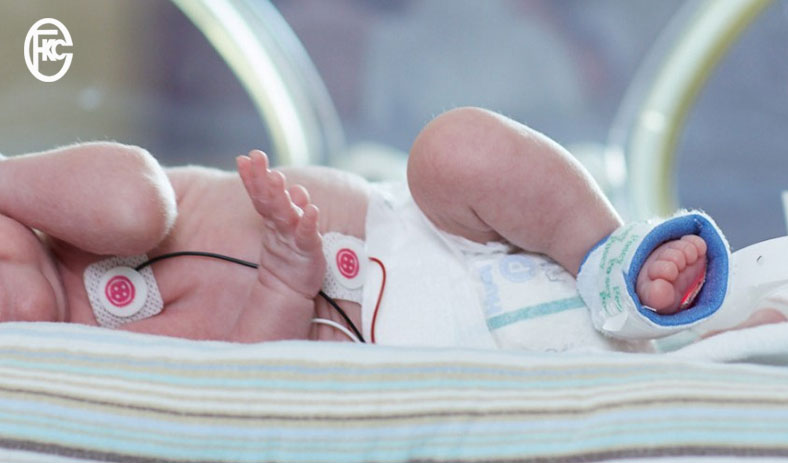
Overview:
Managing lifestyle with peritoneal dialysis (PD) involves a blend of medical management, dietary adjustments, and daily routine modifications. Here’s a comprehensive overview with practical tips to enhance your daily living:
Understanding Peritoneal Dialysis
Peritoneal dialysis is a treatment for kidney failure that uses the lining of the abdomen (the peritoneum) to filter waste products from the blood. Unlike hemodialysis, which uses a machine to filter blood, PD allows for more flexibility and can be performed at home.
Daily Routine and Dialysis Management
1. Establish a Consistent Schedule: PD involves regular exchanges of dialysis fluid. Whether you’re doing continuous ambulatory peritoneal dialysis (CAPD) or automated peritoneal dialysis (APD), keeping a consistent schedule helps maintain optimal fluid balance and ensures the efficiency of the treatment.
2. Maintain Sterility: Proper hygiene is crucial to prevent infections. Always wash your hands thoroughly before handling dialysis equipment. Use aseptic techniques when connecting and disconnecting the dialysis bags to minimize the risk of peritonitis, an infection of the peritoneum.
3. Monitor Your Health: Keep track of your weight, blood pressure, and any signs of complications like abdominal pain or fever. Regular check-ups with your healthcare provider are essential to adjust treatment and manage any potential issues.
Dietary Considerations
1. Follow a Kidney-Friendly Diet: Your diet will likely be adjusted to manage fluid intake, electrolytes, and waste products. Limit sodium, potassium, and phosphorus intake. Your dietitian will help create a meal plan tailored to your needs.
2. Manage Fluid Intake: Since PD involves fluid management, controlling your fluid intake is crucial. Your dietitian will advise on how much fluid you can safely consume daily.
3. Balance Your Meals: Incorporate a variety of nutrient-dense foods to ensure you get enough protein, vitamins, and minerals.
Lifestyle Adjustments
1. Stay Active: Regular physical activity can help improve your overall health and manage some of the side effects of dialysis. Activities like walking, stretching, or low-impact exercises are often recommended.
2. Plan for Dialysis: When traveling or going out, plan ahead for dialysis needs. Carry supplies and know where to access medical care if needed. If you’re traveling far, consider arranging for dialysis centers or home dialysis options in advance.
3. Manage Stress: Find stress-relief techniques that work for you, such as mindfulness, meditation, or talking with a counselor or support group.
Support Systems
1. Build a Support Network: Surround yourself with supportive family and friends who understand your condition and can offer assistance when needed. Joining a support group for individuals on dialysis can provide emotional support and practical advice.
2. Educate Yourself: The more you know about peritoneal dialysis and your condition, the better you can manage your health. Attend educational sessions, read reliable resources, and stay informed about your treatment.
Conclusion:
Managing peritoneal dialysis effectively involves balancing medical requirements with lifestyle adjustments. By adhering to a consistent routine, maintaining proper hygiene, following dietary recommendations, staying active, and seeking support, you can improve your quality of life and better manage your treatment. Always stay in close contact with your healthcare team to ensure your plan is tailored to your specific needs.